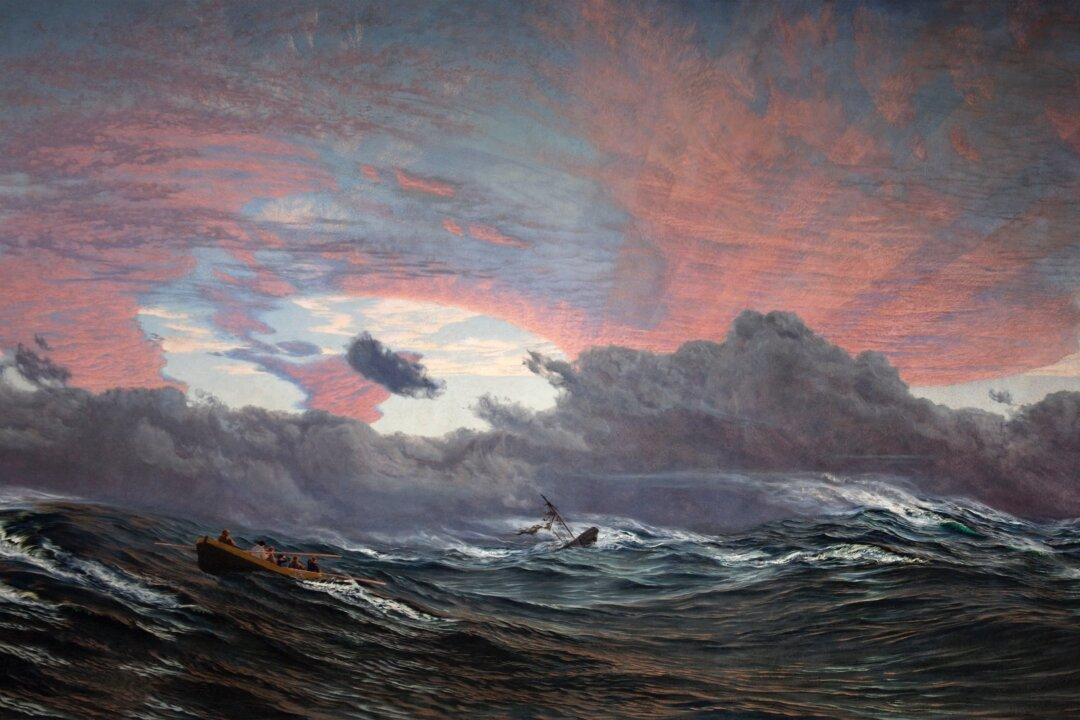In Raphael’s lifetime, early 16th-century artists and art aficionados could encounter Raphael’s art via prints. For those who were unable to travel to Rome or Florence where his art flourished, or who didn’t have access to his art in private or ecclesiastical collections, these prints took his fine art to them.
Raphael realized the power of printmaking to effectively show his classically inspired designs of complex, multifigured compositions to an international audience. Indeed, he may have been the first artist to use printmaking as a marketing tool.






